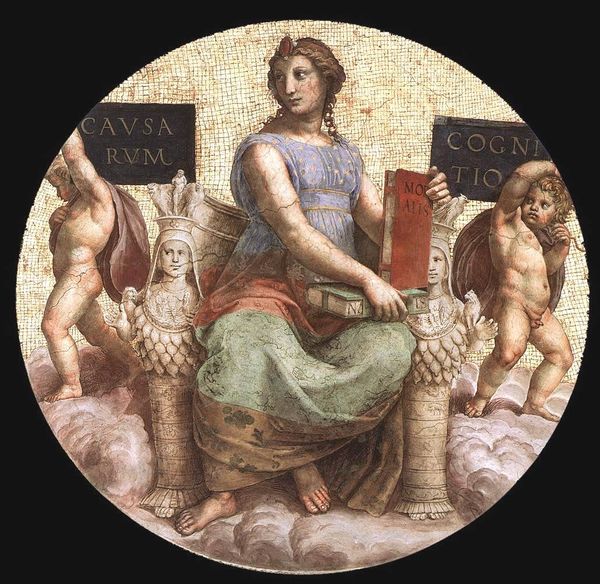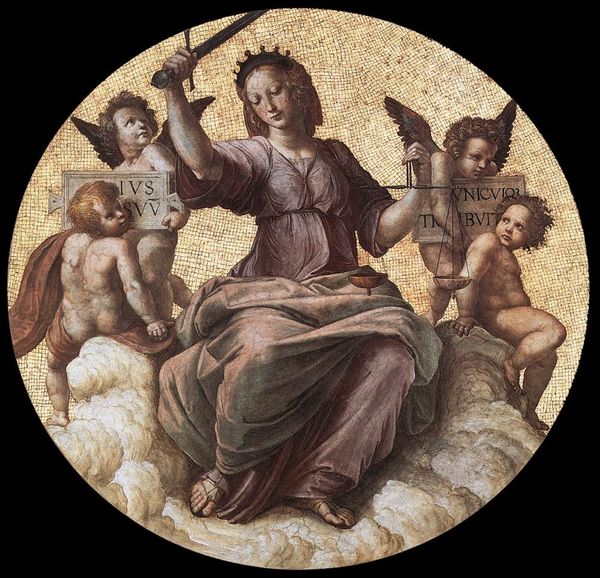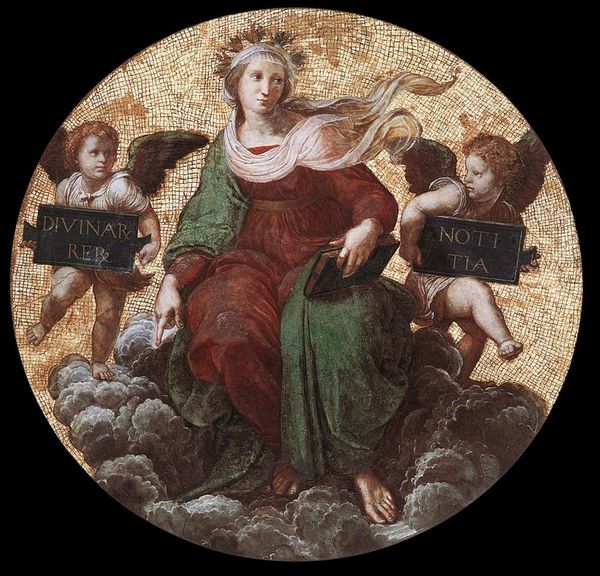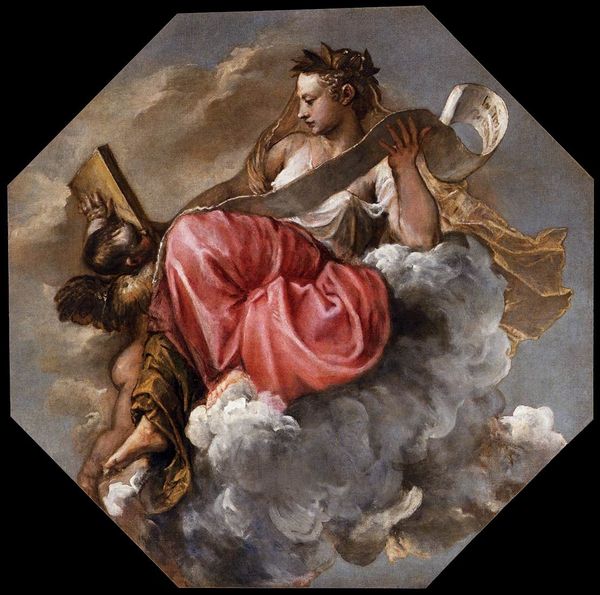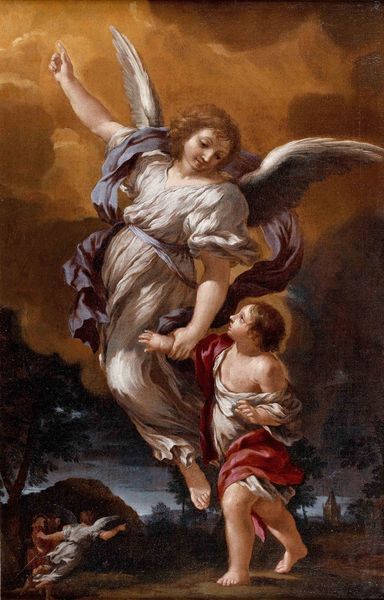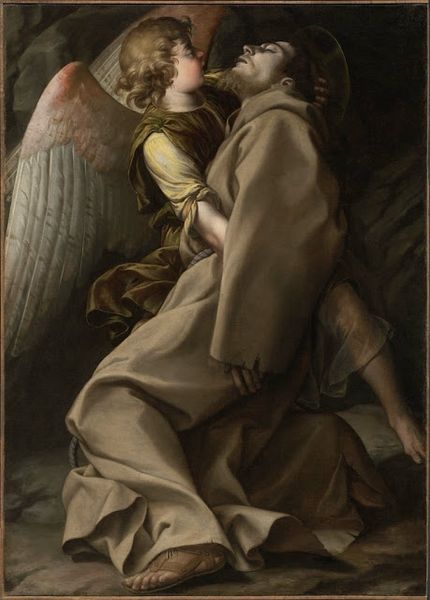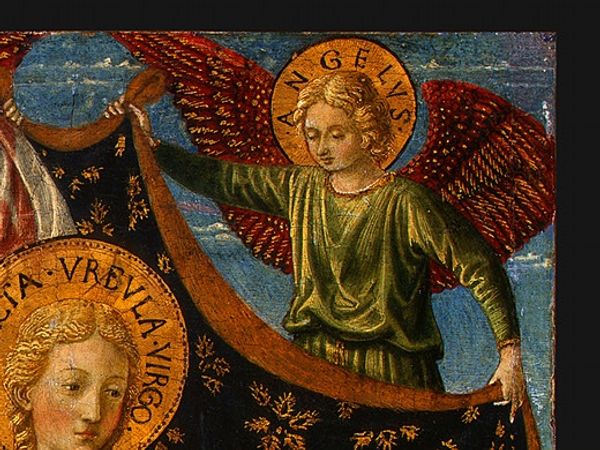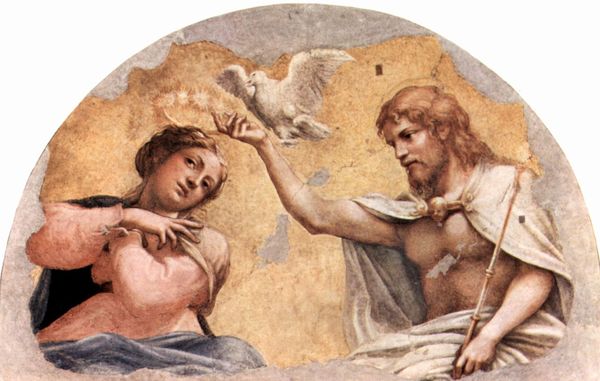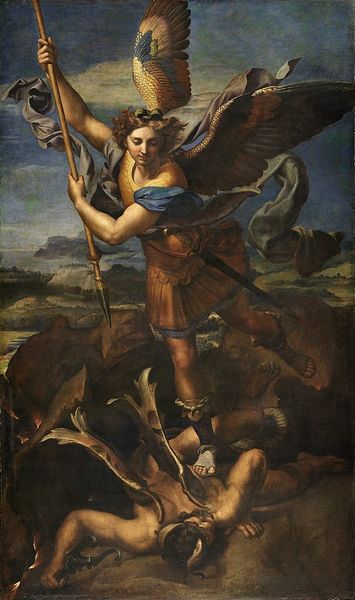Poetry, from the 'Stanza della Segnatura' 1511
🔒Audio guide available with collection purchase
painting, fresco
#
portrait
#
high-renaissance
#
allegory
#
painting
#
fresco
#
oil painting
#
portrait reference
#
italian-renaissance
#
portrait art
Dimensions: 180 x 180 cm
Copyright: Public domain
Comments
No comments
Be the first to comment and join the conversation on the ultimate creative platform.

